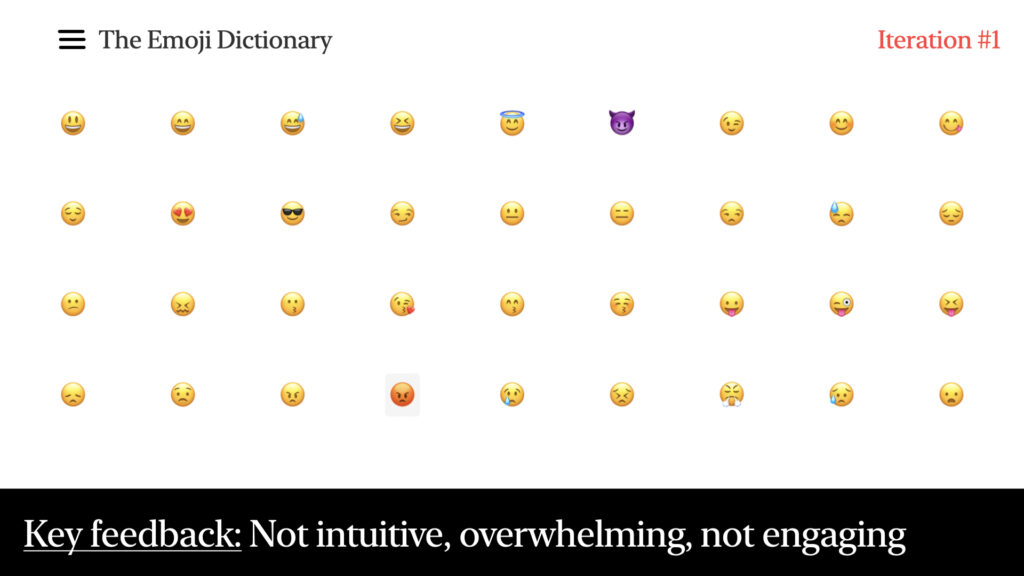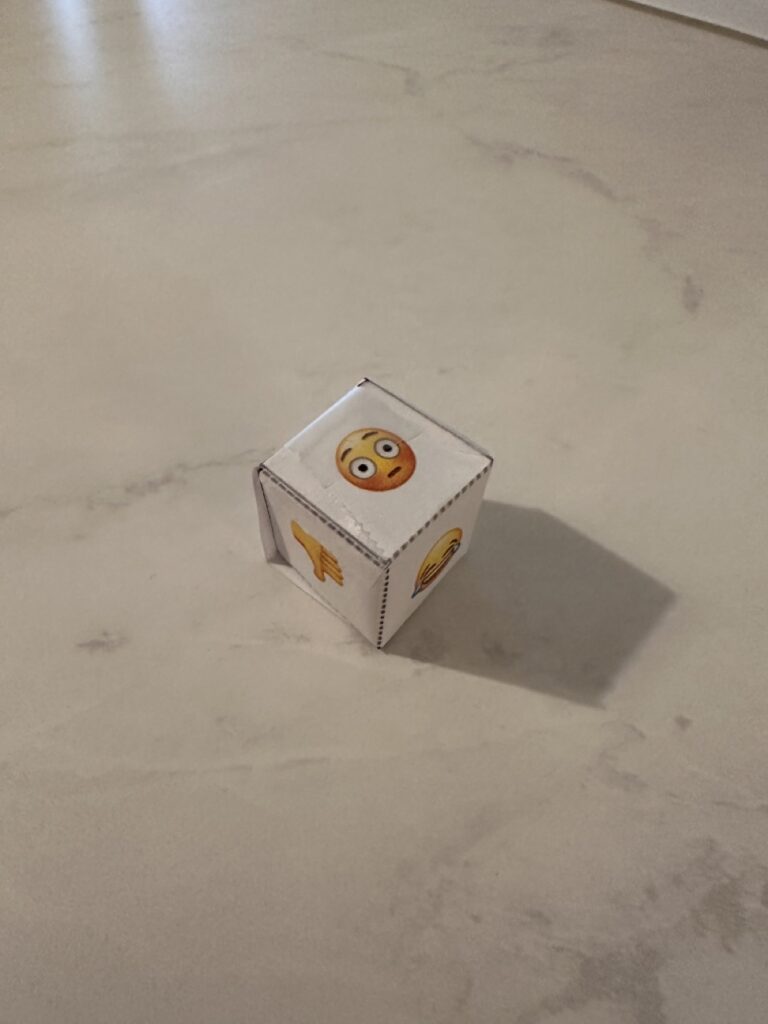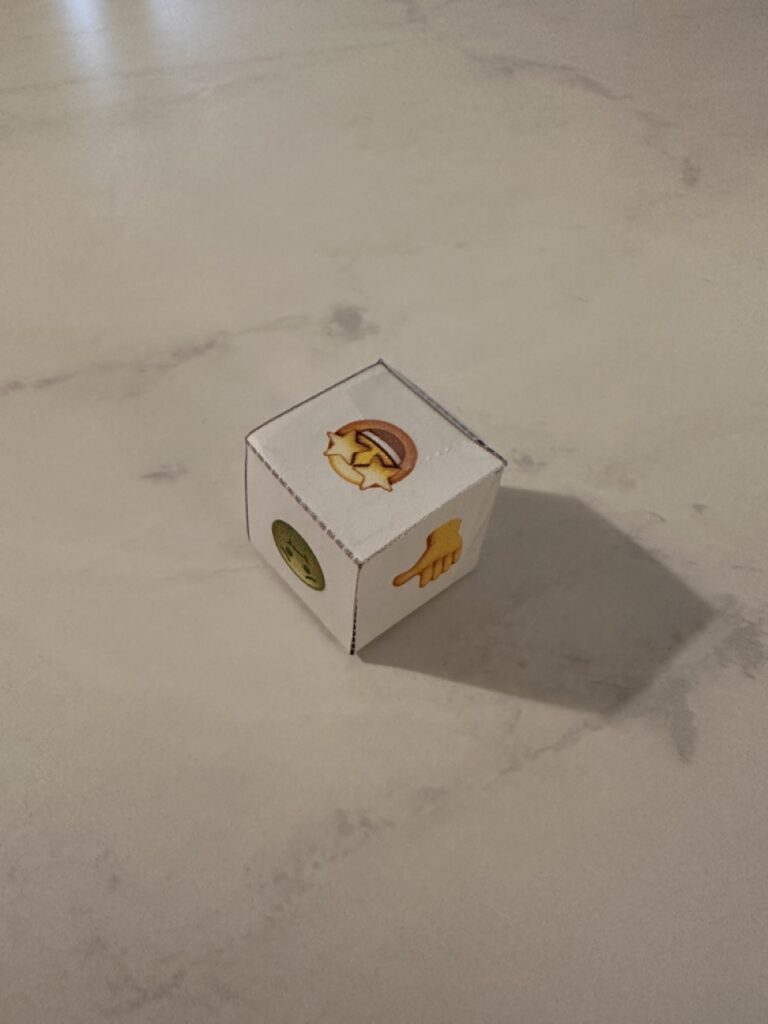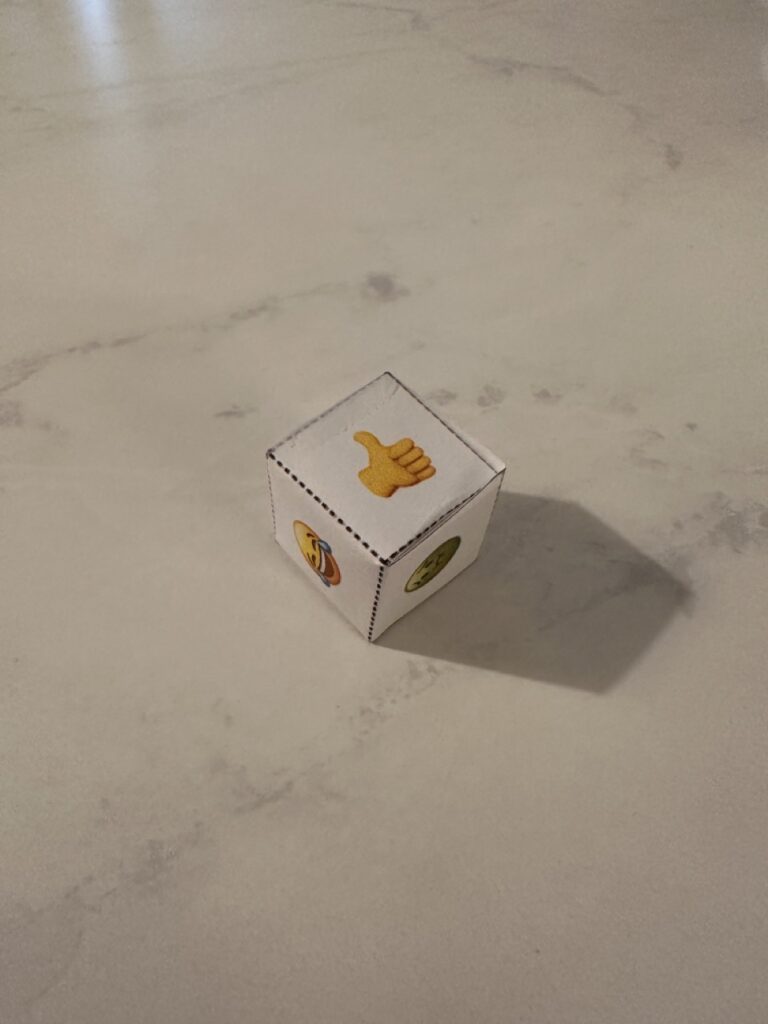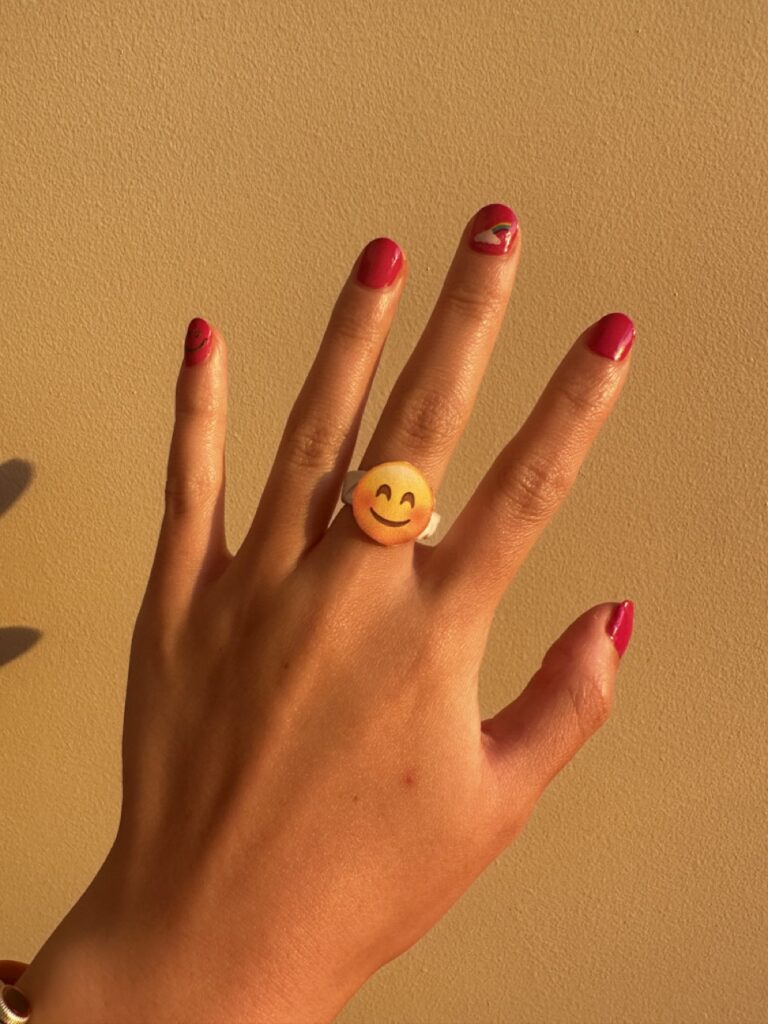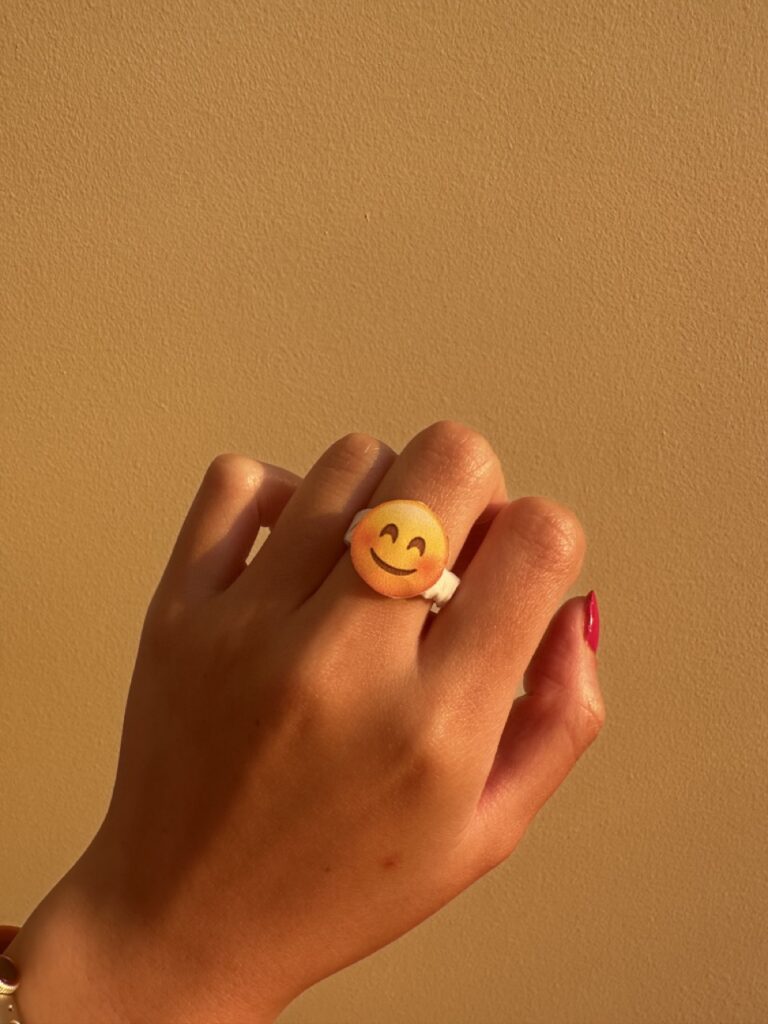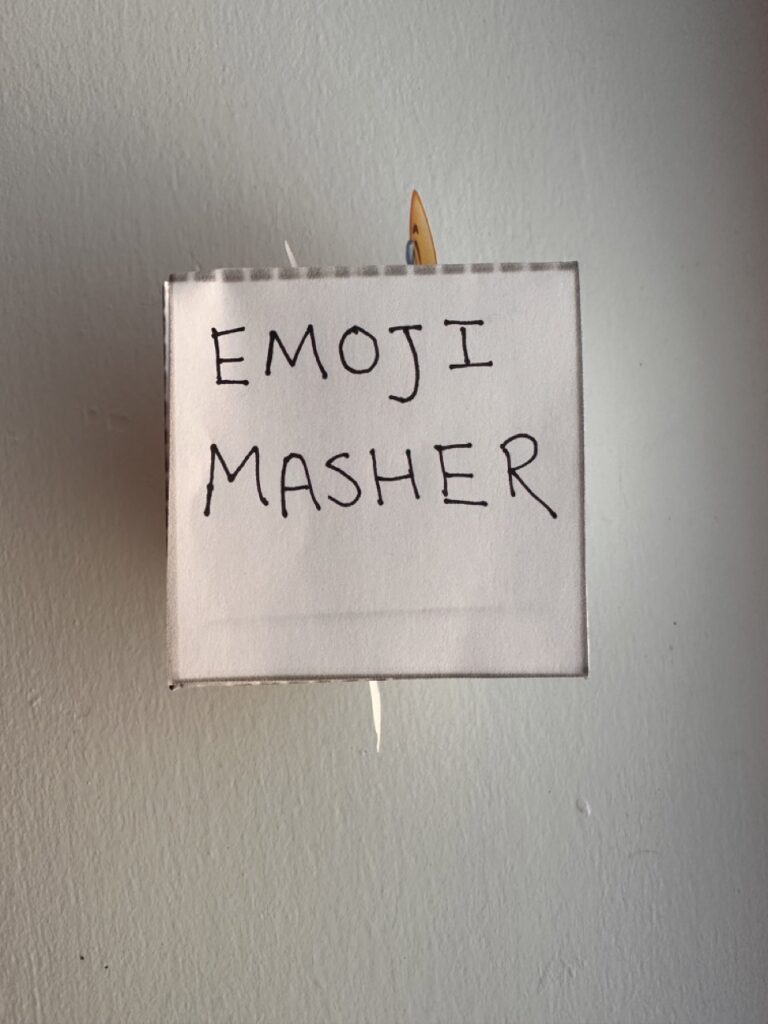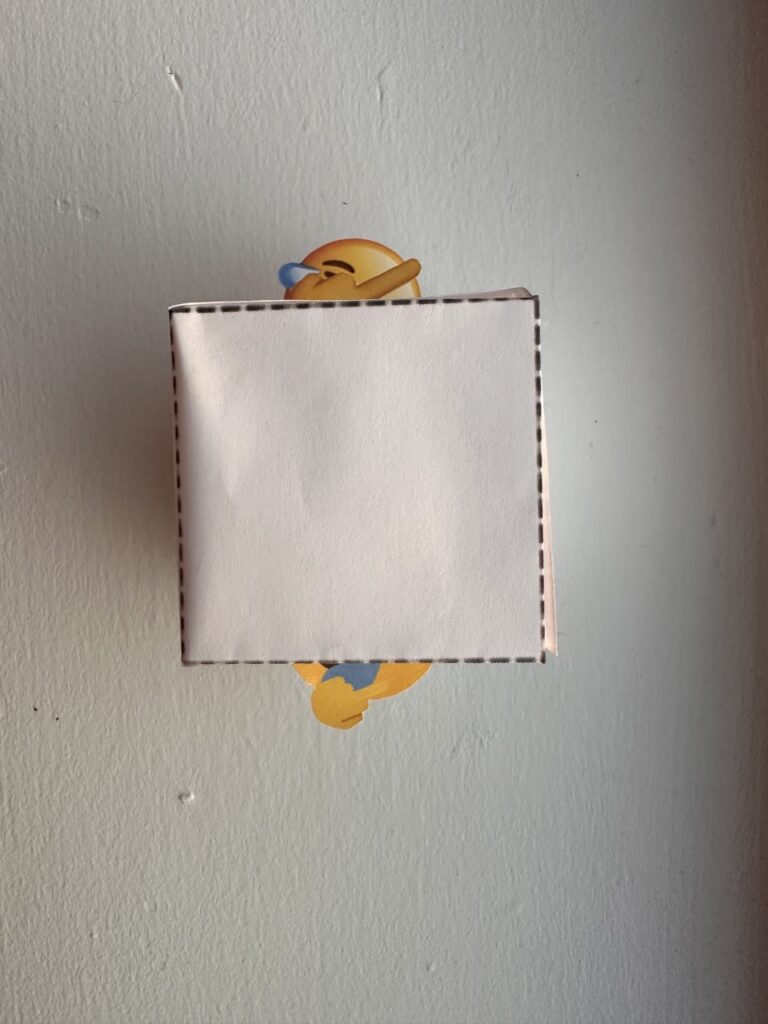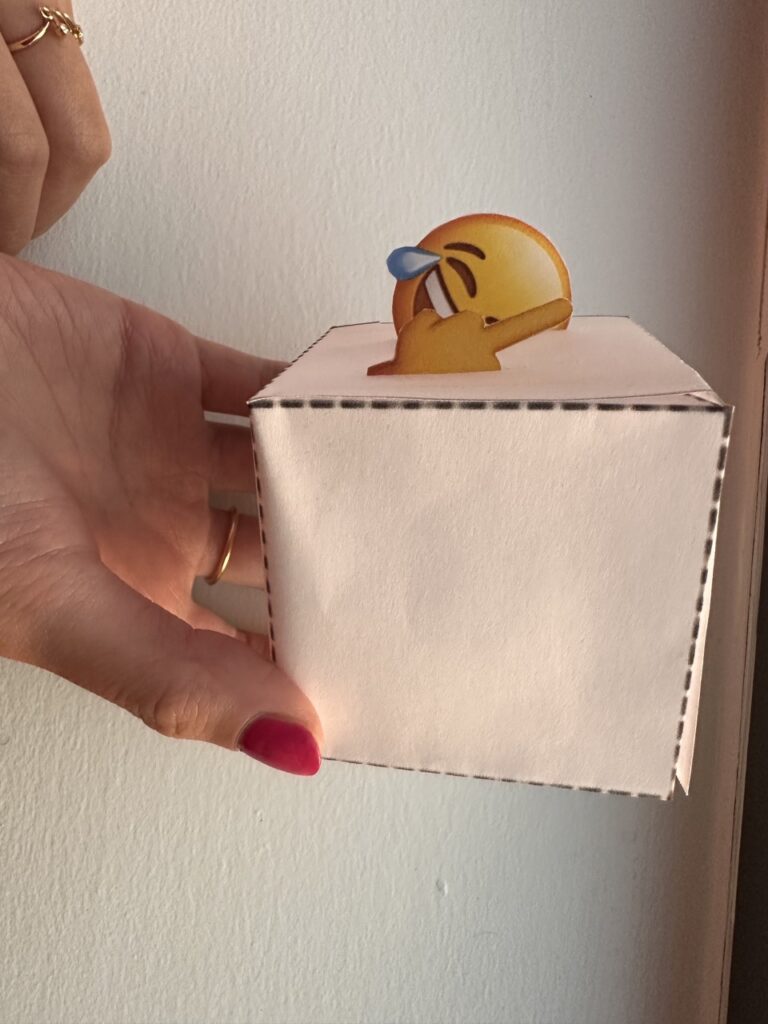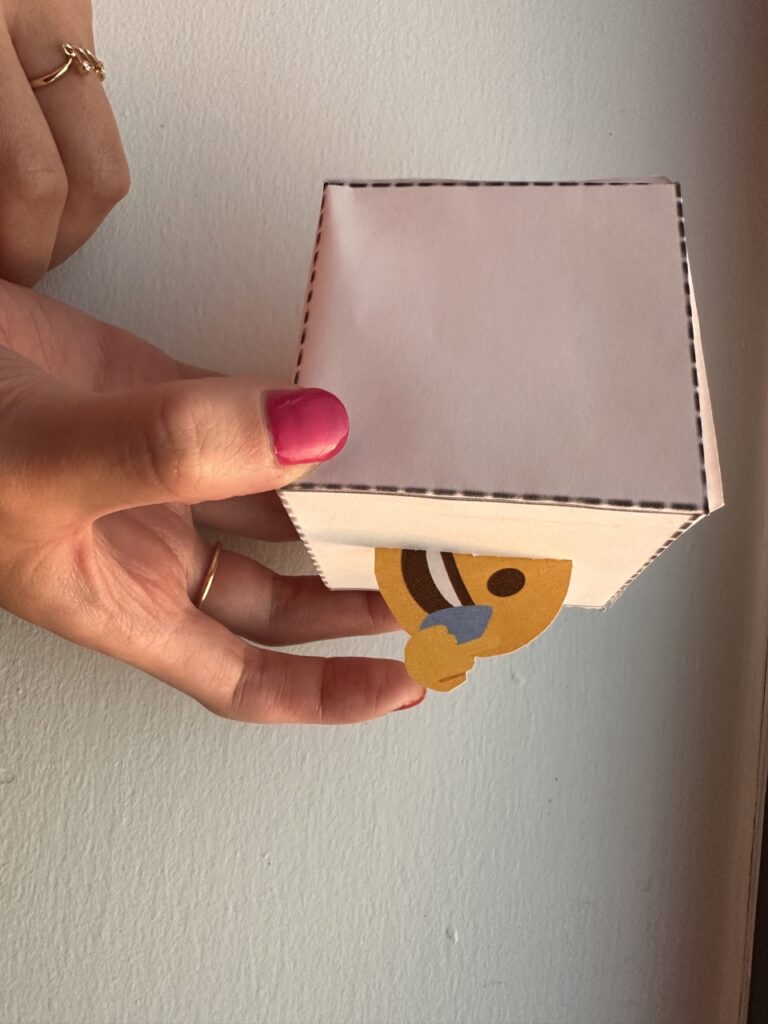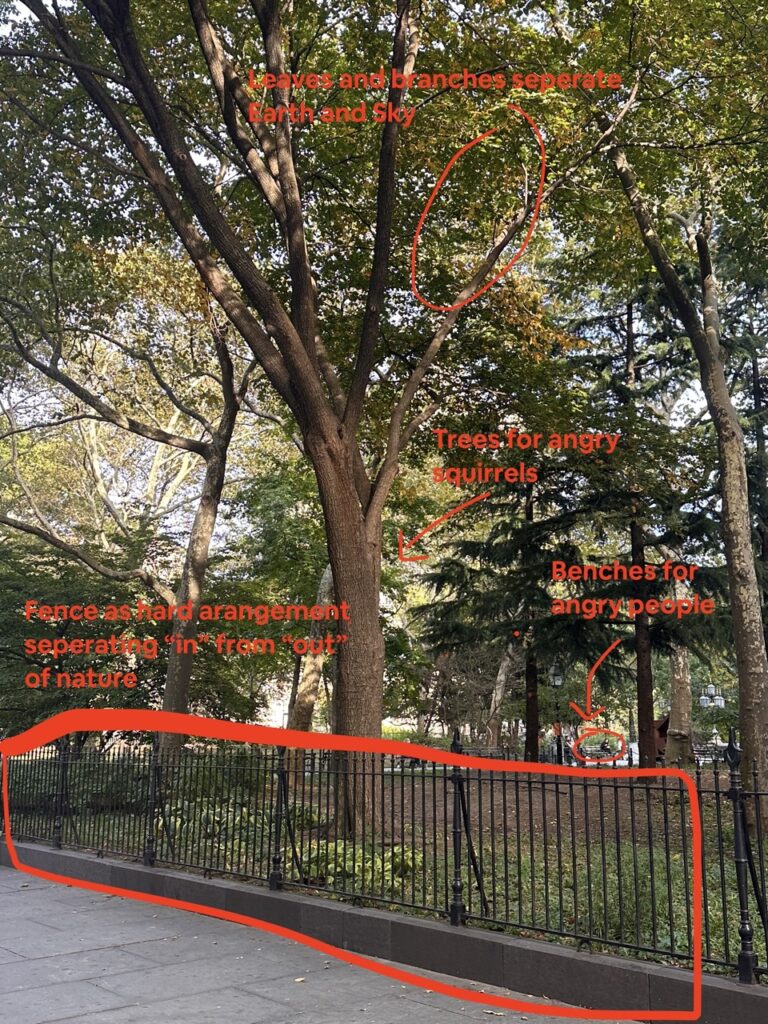Abdullahi, Thoraya. “What Do Emojis Mean? How Millennials and Gen-Z Use Them Very Differently.” The National, https://www.thenationalnews.com/arts/what-do-emojis-mean-how-millennials-and-gen-z-use-them-very-differently-1.1183746.
Aggarwal, Mayank. “Twitter Launches Emoji to Unite Protests across Myanmar, Thailand and Hong Kong.” The Independent, Independent Digital News and Media, 8 Apr. 2021, https://www.independent.co.uk/asia/southeast-asia/milk-tea-alliance-emoji-twitter-b1828336.html.
Bai, Qiyu, et al. “A Systematic Review of Emoji: Current Research and Future Perspectives.” Frontiers, Frontiers, 1 Jan. 1AD, https://www.frontiersin.org/articles/10.3389/fpsyg.2019.02221/full.
Edwards, Vanessa Van. “45 Emojis You Should Know and Their (Hidden) Meanings.” Science of People, 27 June 2022, https://www.scienceofpeople.com/emojis/.
Gallagher, Sophie. “How Aubergines and Crying Faces Connected Us All Online.” The Independent, Independent Digital News and Media, 22 July 2021, https://www.independent.co.uk/life-style/world-emoji-day-2021-history-b1885788.html.
Hutchison, Taylor. “Only 31 New Emojis Will Be Introduced This Year as Approvals Slow to a Trickle.” NPR, NPR, 27 July 2022, https://www.npr.org/2022/07/27/1113516296/new-emoji-approved-heart-shook-face-animals.
Lowell, Alizah K. “Why Do We Use Emojis?” Psychology Today, Sussex Publishers, https://www.psychologytoday.com/us/blog/contemporary-psychoanalysis-in-action/201605/why-do-we-use-emojis.
O’Gieblyn, Meghan. “Am I Wrong to Judge People for Talking to Me in Emoji?” Wired, Conde Nast, 9 Sept. 2022, https://www.wired.com/story/am-i-wrong-to-judge-talking-in-emoji/.
Rogers, Reece. “How to Officially Submit Your Emoji Idea.” Wired, Conde Nast, 26 Apr. 2022, https://www.wired.com/story/how-to-submit-emoji-idea/.
“😃 Smileys & People.” 😃 Smileys & People Emoji Meanings, https://emojipedia.org/people/.
